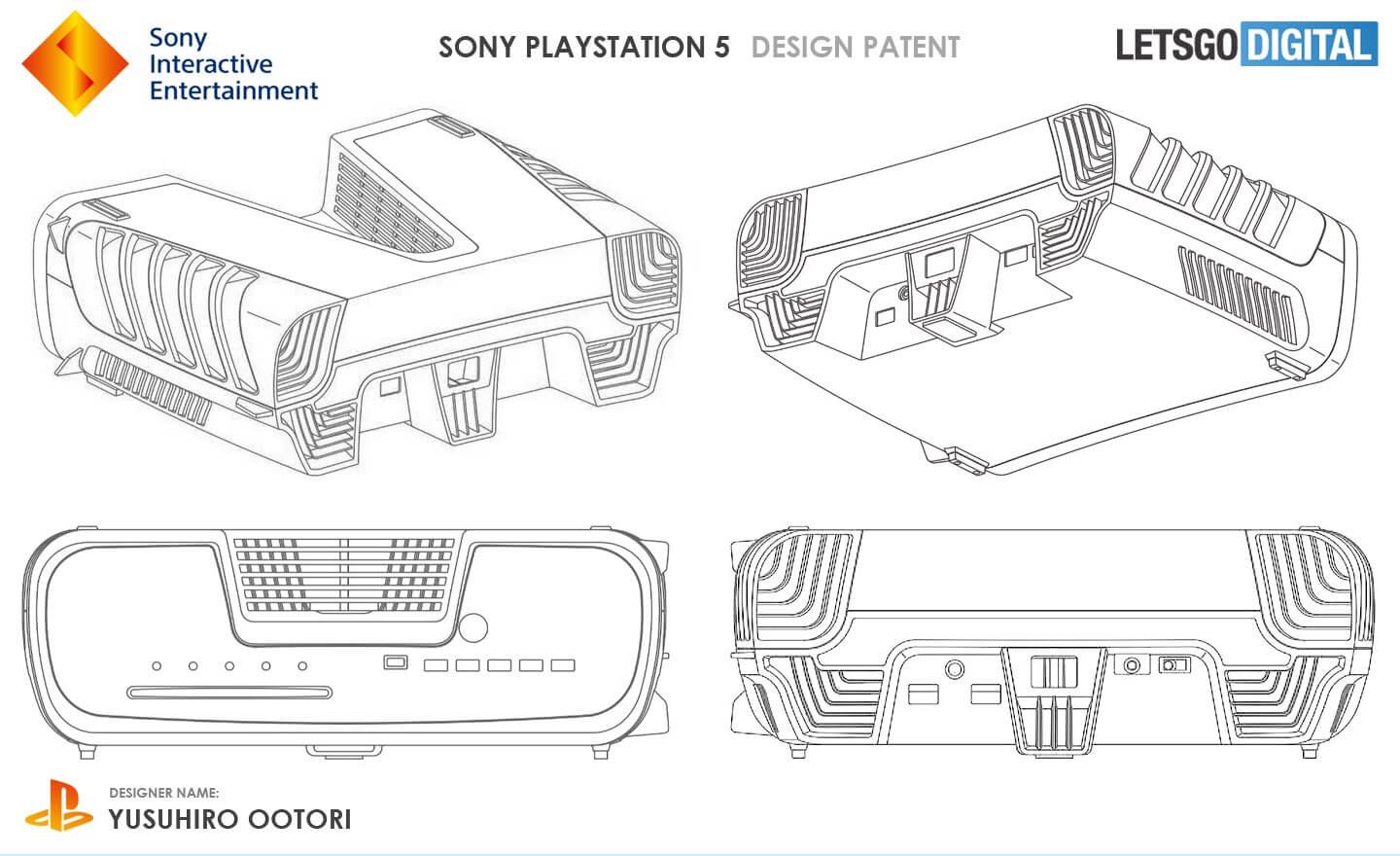Highly anticipated: While Sony has revealed quite a few details about its next-generation console, it hadn’t confirmed the machine’s name or release date—until now. As expected, the company is keeping with tradition by calling it the PlayStation 5, and it will be released in time for “holidays 2020.”

In addition to confirming those details, Sony wrote about the new controller that will ship with the PS5. It will see the long-used rumble technology replaced with haptic feedback to allow a “greater range of feedback.”
The company says not only will users be able to feel the difference between running into a wall in a racing game and performing a tackle on a football field, but they’ll also get a sense of textures when running through grass or moving through mud.
Additionally, the new controller comes with adaptive triggers incorporated into the L2/R2 trigger buttons. Devs will able to “program the resistance of the triggers,” so users can feel the draw of a bow or when driving through rough terrain. The controllers will also be charged using USB Type-C.
More PS5 news arrived via a Wired interview with Sony Interactive Entertainment CEO Jim Ryan. He said the console will support ray tracing, and not through a software-level fix, but in the GPU hardware.
Additionally, Ryan confirmed the console would use a solid-state drive, and games will come on 100GB disks. The optical drive, meanwhile, doubles as a 4K Bluray player. Additionally, game installation will be configurable, which means you might be able to install only a game’s single-player campaign, multiplayer element, etc., instead of the whole thing, should you wish.

Back in August, we saw a Sony patent that’s expected to resemble the PS5. We’ve also heard about its 120Hz/4K support and backward compatibility.
https://www.techspot.com/news/82245-sony-confirms-playstation-5-name-release-date-ray.html


